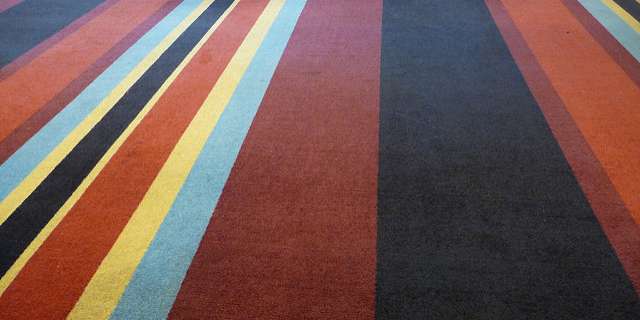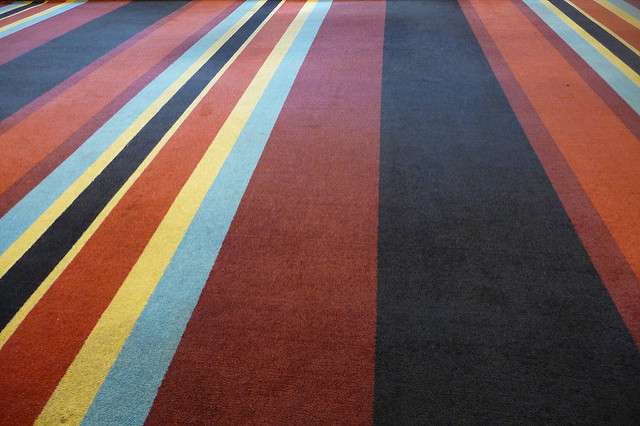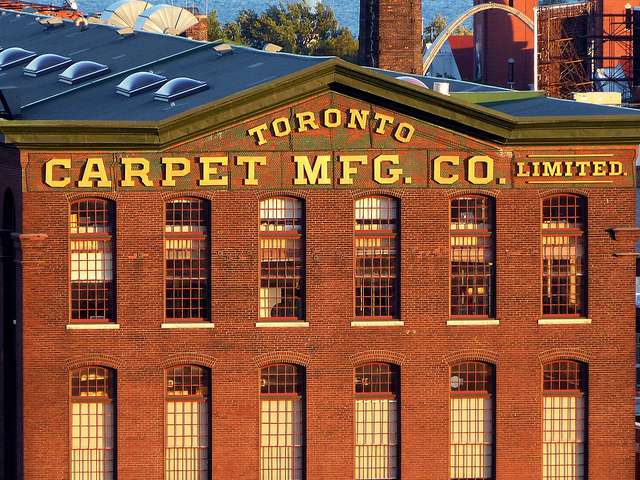
It happens. An employee makes a mistake and the carpet doesn’t come out the way it’s supposed to. A whole roll gets pulled off the line, marked down, and taken off to be piled up with all the other off goods waiting in the truck behind the warehouse. Not the truck that makes you money; the truck to the discount buyer, who will make their cut on the rugs you can’t bring anywhere else. Each truckload represents days’ worth of machine time and thousands of dollars in materials. It’s a shame—especially each time a roll is lost to something preventable, like inaccurate color measurement.
But accurate measurement isn’t always a simple matter, nor is it guaranteed by running each strikethrough under a spectrophotometer. The unique material properties of tufted carpet can cause significant difficulties for these machines, and only by systematically adhering to proper techniques can you generate consistent color quality—and cut down on waste.
Challenges Inherent in Tufted Carpet
Spectrophotometers reflect controlled wavelengths and intensities of light off physical materials at specific angles and record the alteration of that light’s reflections with finely tuned sensors, using the process to generate a measured, objective reading of color. The only variables the machine does not control are the physical properties of the object it’s measuring. Objects of the same color but with differences in texture, luster, or opacity can return different readings.
Tufted carpet, unfortunately, contains differences in texture, luster, and opacity within each sample. Because looped yarn does not cover 100% of the carpet’s surface, the gaps between the fibers will produce different readings on different backgrounds. Depending on the materials you use, the backing might also be translucent, compounding the margin for error.
The tufting and dyeing process can also result in colors that are directionally oriented or otherwise non-homogenous across a given sample. This means that readings taken from different angles can vary, as can readings taken from different parts of the same sample. While one section of the carpet might pass color tolerance standards, another section might not, and a perfectly good rug could be rated non-first quality and condemned to the off goods pile.




